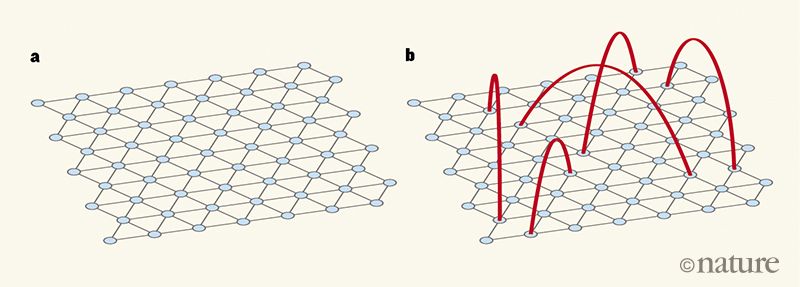In the past decade, increased digitalization and smartphone ownership have contributed to generate a huge growth in the amount of data that are produced, stocked and manipulated in order to create insights for firms and public institutions. The COVID-19 pandemic, for example, proved once more the strategic interest of big data to make sense of the number of infected people, deaths, recoveries, and tracking possible avenues of contagion by mobile apps.
Yet even if big data are very important, do they tell us the whole story? Do smaller but much deeper samples of qualitative data have the potential to tell us a different part of the story and usefully complement them?
This is precisely the proposal that Tricia Wang explains in this article and in this TED talk. During her ethnographic work in China, which included working as a street vendor, and while she was working at Nokia in 2009, Tricia came to realize that developing countries represented a promising market for cheap smartphone diffusion. Yet, Nokia decided not to trust her insights because they were not backed by big numbers. The figures they had told them to try and continue to compete with higher-end smartphone manufacturers. Nokia virtually disappeared from the market in the following years following acquisition by Microsoft, possibly because, as Tricia recalls, “What is measurable isn’t the same as what is valuable”.
In an era in which increased importance is attached to big data, Tricia’s story reminds us not to blindly trust the power of algorithms, and that combining different research methodologies can sometimes yield much deeper and “thicker” results: don’t trade human insights for big data, combine them!



